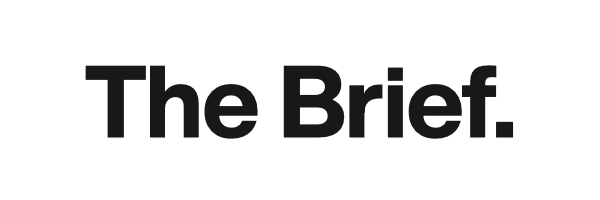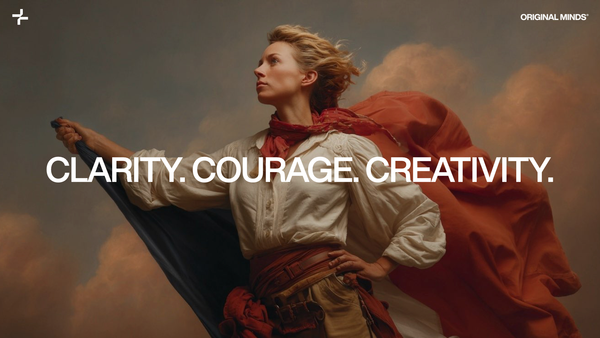Executive Summary
Design used to be the frosting — the thing you slathered on after the engineers built the cake. In 2025, it’s the recipe, the oven, and the way you plate the dish. The most successful companies aren’t “using” design; they’re running on it. Design is their operating system — a framework that informs culture, strategy, operations, and growth. Think Airbnb, Patagonia, and Nike: brands that don’t just make products but design entire ecosystems of meaning. The future of competitive advantage isn’t in designing objects. It’s in designing systems.
The Signal
Airbnb’s founders famously called design their “first language,” embedding it into everything from trust systems (reviews, verification) to service interactions. Patagonia uses design not just for jackets but for regenerative supply chains and activist storytelling. Nike’s House of Innovation stores blur retail, app, and community into one phygital system. McKinsey’s Design Index shows companies that integrate design across functions grow twice as fast as peers. The signal is undeniable: design-led companies outperform.
The Relevance
For challenger brands and agencies, this is the wedge. You’ll never outspend incumbents on ads or outgun them on distribution. But you can out-design them — not just in aesthetics, but in how you structure your product, brand, and service experience. Customers no longer buy “products”; they buy into systems that feel coherent, intentional, and aligned with their values. If your business runs like a Frankenstein of disconnected parts, you’ll bleed trust and loyalty. If it runs like an operating system, you’ll scale culture as fast as revenue.
The Insight
Design is no longer decoration; it’s destiny. It’s the invisible framework that determines how people perceive, trust, and interact with your business. Great design doesn’t just make things pretty; it makes things possible. Apple isn’t a tech company with good design. It’s a design company that happens to sell tech. Patagonia isn’t an apparel company with eco-messaging. It’s a design company building systems of sustainability. The deeper truth: every business is a design business now, whether they admit it or not.
The Shift
The shift is from “design as output” → “design as operating system.” Once, design teams were siloed: asked to make logos, screens, or campaigns. Now, they’re shaping entire business models, supply chains, and customer journeys. Companies like Philips are designing business models (Lighting-as-a-Service) as much as products. Governments are embedding service design into healthcare and transport. This is design leaving the studio and entering the boardroom.
The Opportunity
For agencies and consultants, this is a positioning goldmine: stop selling “deliverables” and start selling “operating systems.” Clients don’t need another campaign — they need systems that align product, brand, and culture into one coherent design language. For entrepreneurs, embedding design at the core makes you harder to copy. Products can be replicated; systems cannot. The opportunity isn’t in making things; it’s in designing the frameworks that make everything work together.
The Plays
- Audit the OS: Map where design shows up in your client’s business — product, service, brand, operations. Identify the gaps.
- Sell Systems, Not Screens: Frame your work as operating models, not one-off outputs.
- Embed Designers in Strategy: Put design leadership in the boardroom, not just the studio.
- Codify Culture: Design isn’t just external — help clients design rituals, behaviors, and values that scale internally.












